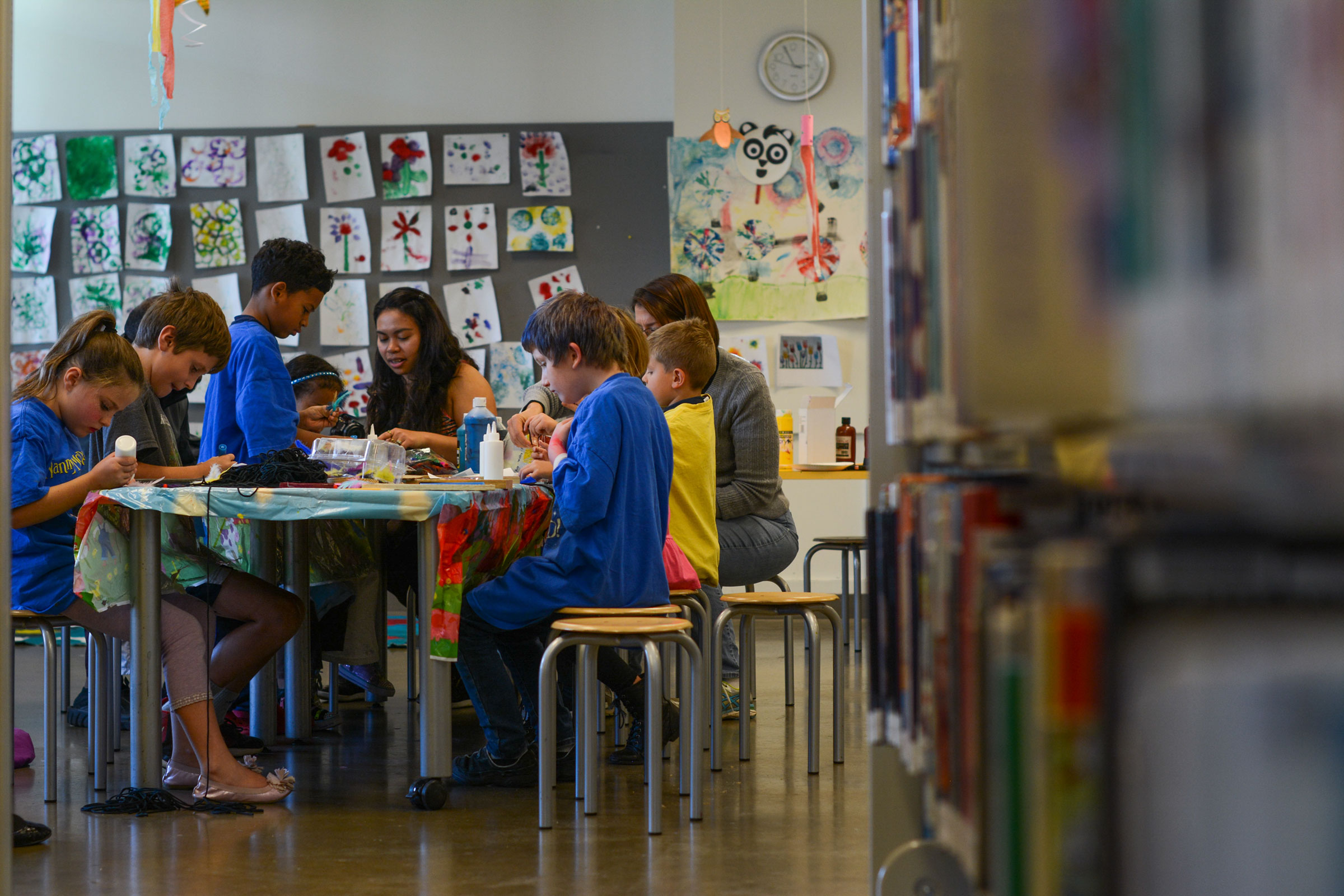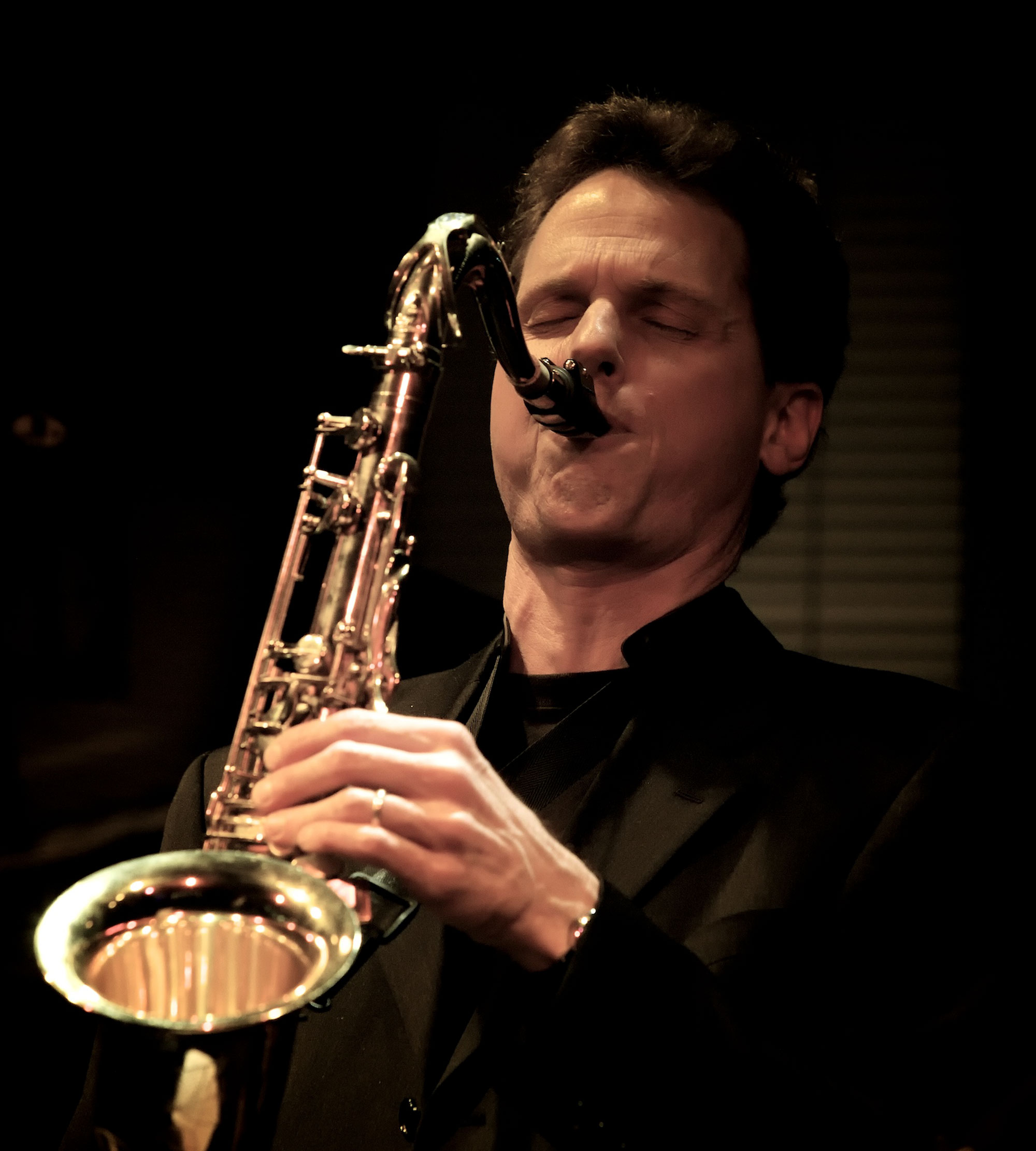Kids Team Up For Art Story
When the letters were all finished, the children admired their work, but one little girl wasn’t happy to hear that the letters would remain at the library. “But I want to take my letter home,” she said. “I want the E, because my name is Eve!” Eve learned that her letter was needed to complete the theme, and she could come to the library often and see her letter there. In this way she saw that her letter was an important part of the whole idea, and was needed to make the idea complete. KTUFA (Kids Team up for Art) and the other programs of Westport Center for the Arts emphasize that when the community creates art, the arts create community. Eve was part of a creative community making art!
Doug Talley Quartet Story
The quartet was scheduled to play a Brown Bag Concert on the Dr. Martin Luther King, Jr. holiday in 2012, but on December 29th, 2011, a catastrophic fire gutted the usual venue ~ Westport Presbyterian Church ~ and the quartet generously adjusted to a different venue with little notice. During the 4 ½ years of rebuilding the church, the quartet remained faithful to being part of the Brown Bag Concert Series, performing at Community Christian Church. They looked forward to returning to 201 Westport Road, and when asked to participate in the Westport Rising Concert Series in celebration of the rebuilt church, they happily agreed. On June 24th, 2016, the quartet performed the complete Kansas City Suite, with an eleventh movement which Doug Talley created for the occasion: Westport Rising.
After the performance, Doug told the President of WCA, Scott Myers, that it was a thrill to be able to play the complete Kansas City Suite for an appreciative audience. It’s clear that WCA provides an opportunity not only for audiences to enjoy good music, but for the performers themselves to enjoy playing works they don’t often get to do. The Doug Talley Quartet’s concert at noon on Dr. Martin Luther King’s Holiday, January 15th, 2018, will feature music by African-American jazz composers, and will be the 18th straight year the quartet has been an important part of the Brown Bag Concert Series. When the community creates art, the arts create community!
Brown Bag Concert Story
Arts Reflection Story
Marian McCaa Thomas
Barry Lopez
Written by Brian Doyle in The Xian Century (editor of Portland Magazine)
Howard Thurman
Bob Sabath
Friends of Silence e-letter, July 18, 2016
Simon Callow
Charles Dickens and the Great Theatre of the World
Vanessa Redgrave
attributed, The Redgraves: A Family Epic
John Lahr
“Questions for John Lahr,” The New Yorker, January 23, 2009



